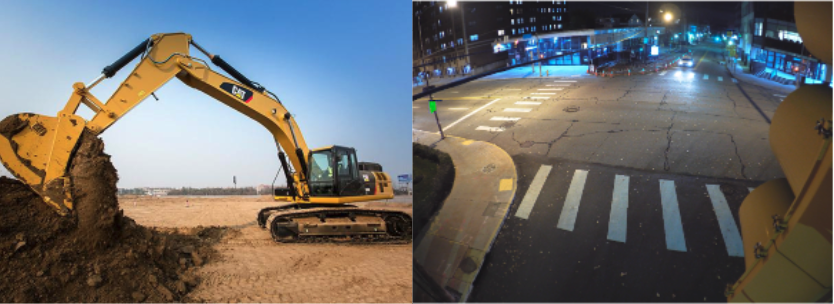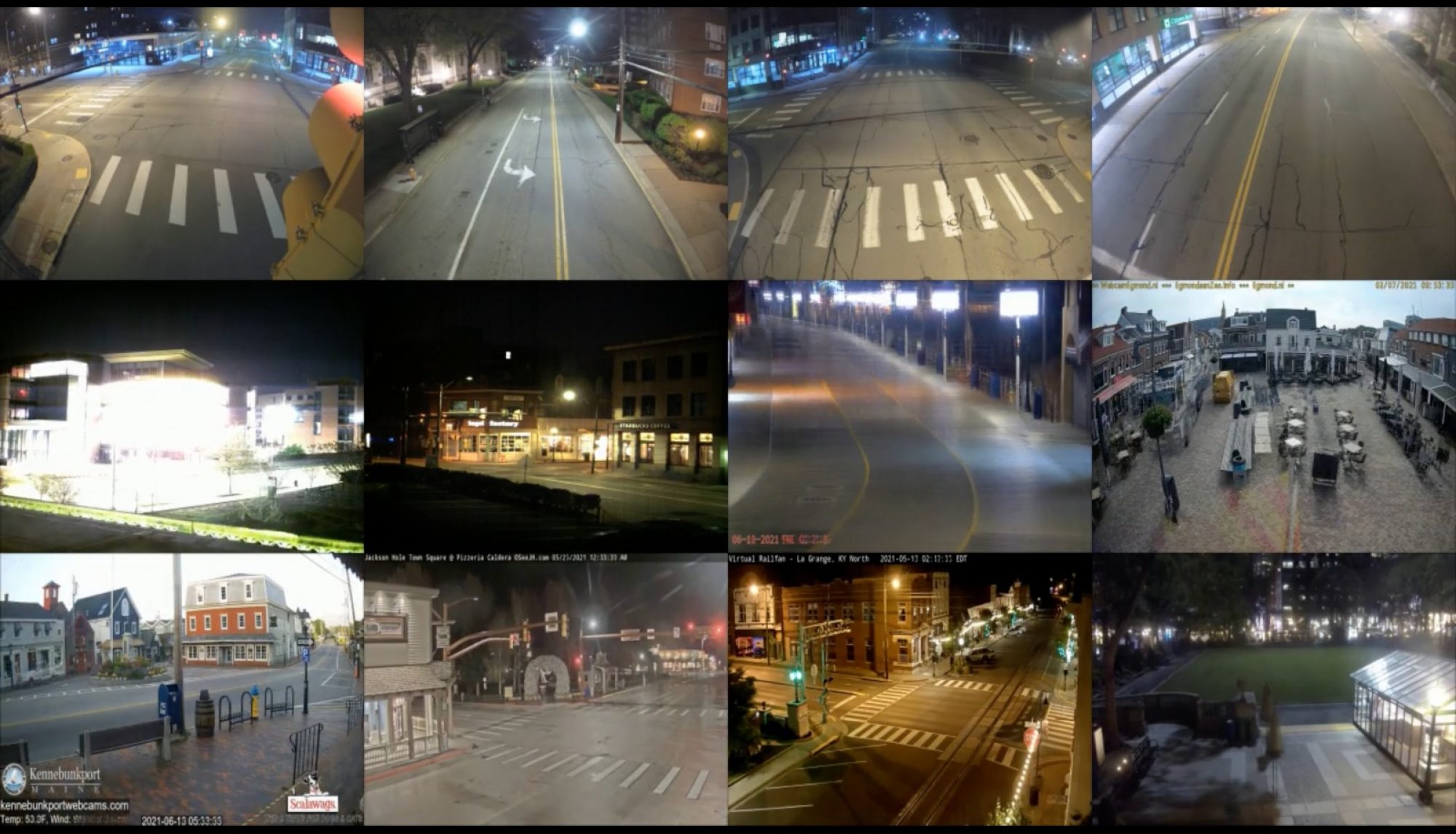Motivation
Platform Pittsburgh is a collaborative effort between researchers at Carnegie Mellon University, the City of Pittsburgh, and other partners with the goal of creating a “living laboratory” for conducting smart city research and analytics. As Pittsburgh continues to adopt state of the art technology, this project harnesses the power of edge computing and visual data. The goal is to lay the groundwork for a testbed in order to develop applications and produce statistics towards improving quality of life. We hope to foster interdisciplinary collaborations along with feedback from the community to solve real-world challenges in transportation mobility and safety.
As a small step to achieving the global goal of the “living laboratory”, it is imperative to identify anomalies in the footages captured by the static cameras installed at traffic intersections. While the scope of anomalies is huge, encompassing excessive traffic, accidents and thefts, there is another scenario that can be considered as an outcast, that is, of work zone detection. Information like this can be used down the line to help notify vehicles on a particular route of say a possible delay because of the detection of one of these unusual events on that route.

Problem Statement
Within the scope of the smart city project, the aim of our project is to detect work zones including both construction and maintenance work reliably in real time using the static cameras so that appropriate actions can be taken in time.
Detection of work zones using static cameras can be a challenging task due to the variability of the scene, including the different types of vehicles, machinery, and construction workers that may be present. One approach to tackle this problem is to use computer vision techniques, such as object detection and image segmentation, to identify and classify different elements in the scene and perform a post detection analysis to detect whether a given frame has a work-zone in it or not. However, the biggest bottleneck for a pipeline like this is the lack of availability of large datasets with work-zone relevant classes and annotations.
In turn, most of our efforts in this project focuses on getting access to such data to be able to train our detection and segmentation network.


